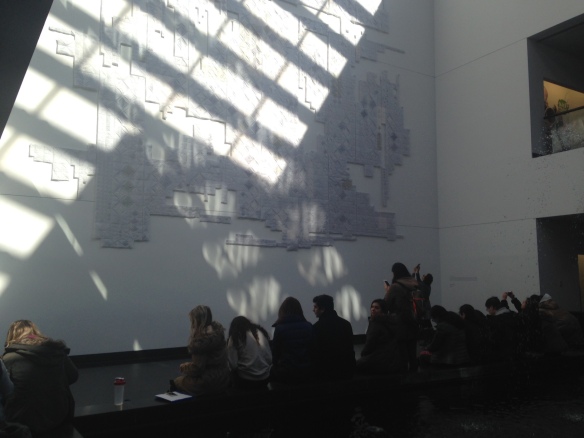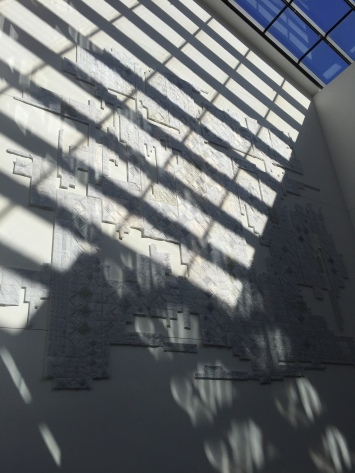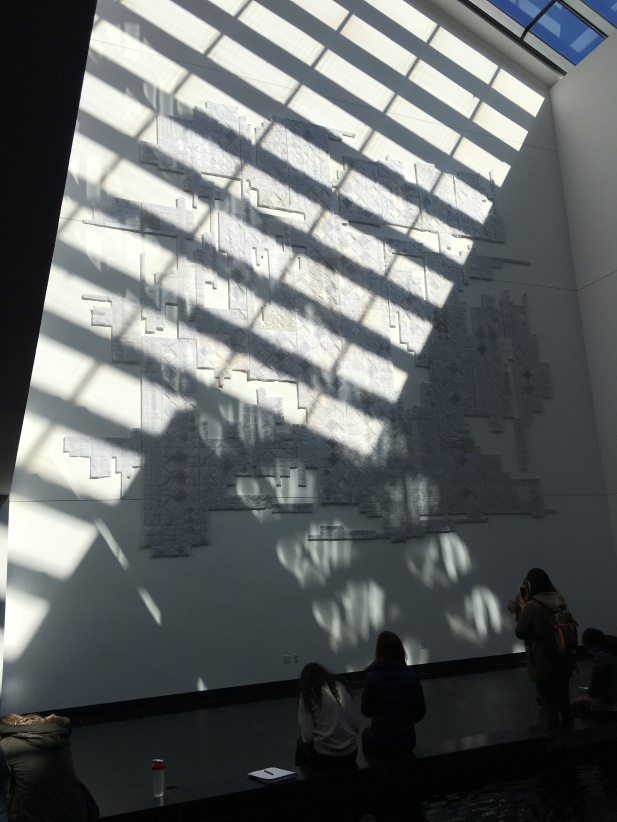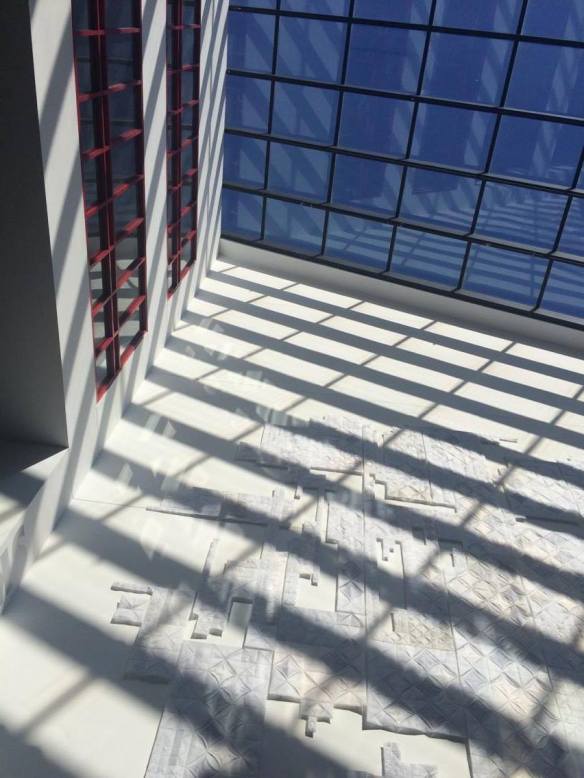After looking through “This I Believe” website I found two interesting piece that draw my attention. First one was “Love Is Trust and Faith” by Shirley. Next one was “Respect Yourself” by David Westwood.
“Love is Trust and Faith” by Shirley talks about her friend Natasha. Natasha and Shirley were both gymnasts and Natasha had anorexia. Shirley nor the other girls said anything about it because they believed “no sacrifice was too great for the love of gymnastics.” Natasha eventually ended up in institution to treat her condition. She begged that she wants to fight the disease at home but nobody believed that she could. Shirley regrets that she should have believed in Natasha because that is what love is about. Having trust and faith in the ones you love. From this experience she believe that love is unconditional trust and faith without doubting.
I also agreed with Shirley that love is trust and faith. You should trust them no matter what. However it also occurred to me how hard that can be. After seeing certain actions of your loved ones, it is so easy to lose faith in them. When they ask for second chance, would I be able to give it having trust and faith that they will make it up? I doubt it. It was interesting and sad to think how love and trust cannot always come alongside. Also I thought her concept of love can also be applied to yourself. When you love yourself, it is having unconditional trust and faith in yourself. Not doubting what you can or cannot do.
“Respect Yourself” by David Westwood talks about something similar but different. Westwood talks about respecting yourself. He believes that when you respect yourself others will do the same for you. And in order to respect yourself, you must live by following your heart. Not gong against your conscience or giving up and not trying. He gives example in the essay by telling his story of stealing his cousin’s toy. He shamefully gave the toy back to cousin’s mother, knowing it will get in the way of respecting himself (he said by keeping the toy, “opinion of myself would suffer”).
I think the message from this essay is very important. It is crucial that you respect yourself. I also believe that others treat you in the way that you treat yourself. If you respect yourself, others will respect you as well. Also I understand that how respecting can prevent you from doing the things that goes against your principle. By doing something shameful to yourself, you will never be able to respect yourself. Keeping that in mind will guide you throughout the life.
Two essays were very different in their form. Shirley starts her essay by talking about her friend. She talks about what happened to her friend and herself as an observer. She only responds to her friend’s action. Westwood, on the other hand, talks about his own experience. How he stole his cousin’s toy and gave it back to cousin’s mother. However they are both similar in that they talk about beliefs of how we should treat others and ourselves. They talk about two fundamental principle of life, love and respect.
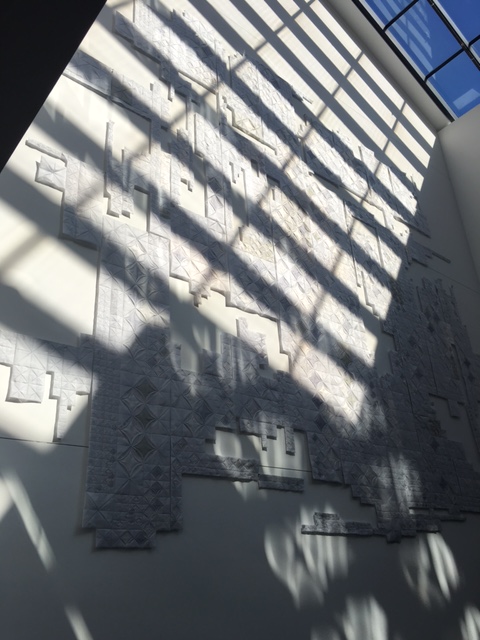
This is photo of a piece called “White Wonderland” by Wonju Seo. When I first sat down and observed the piece it felt magical. It seemed sturdy yet fragile. Soft but rigid. It incorporated both straight and curved lines which flowed together without disagreement. After I had read the description about this piece, it was surprising to find that material was something I was so familiar with. It was pojagi, the Korean patchwork.

